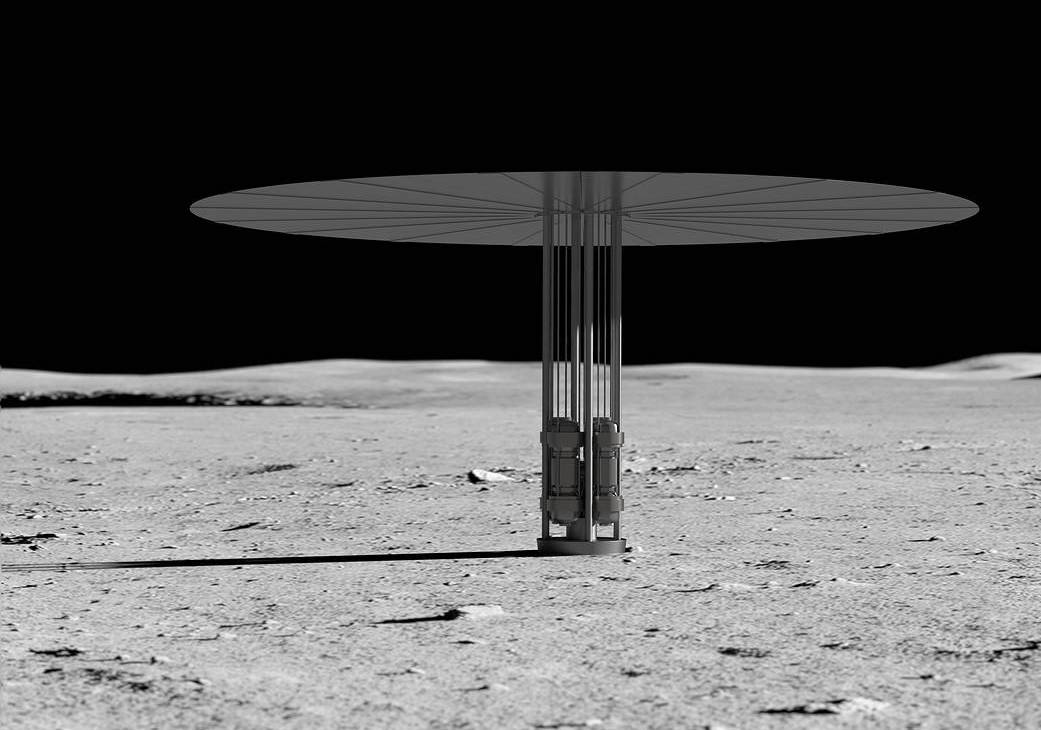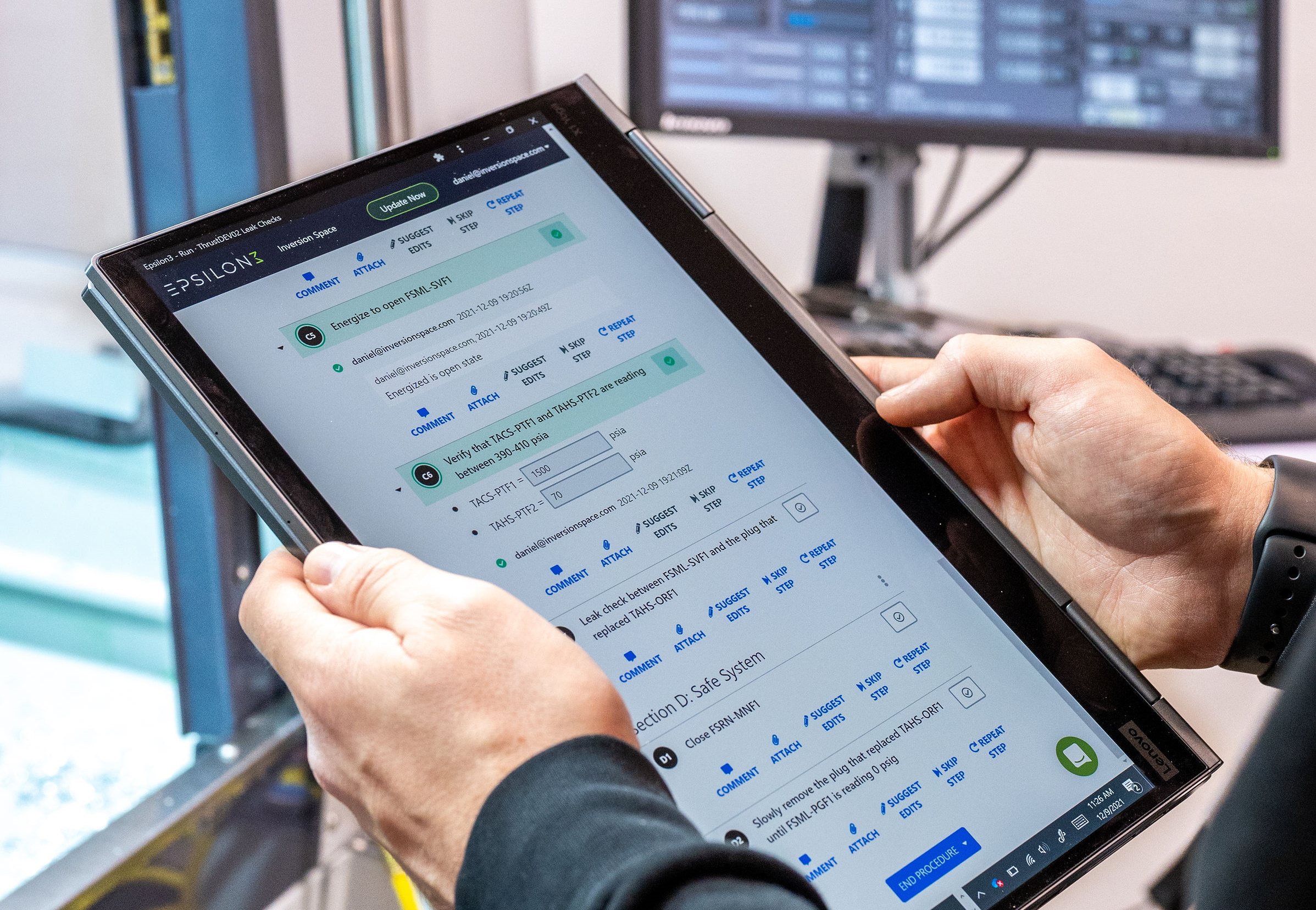Acronyms rule everything around me – TechCrunch
Hello and welcome back to Max Q. In this issue:
- NASA sees a future for nuclear energy on the moon
- Epsilon3 closes funding for space industry OS
- News from AWS, SpaceX and more
Don’t forget to sign up to get the free newsletter version of Max Q delivered to your inbox.
In a rather cool bit of news, NASA said that it’s contracting three suppliers for nuclear fission energy system concept designs for use on the lunar surface. Lockheed Martin, Westinghouse and IX (a joint venture from Intuitive Machine and X-Energy) were the three winning bidders. Each will work with partners to develop “initial concepts,” and will receive around $5 million for that work, which is expected to take around 12 months.
NASA is aptly partnering with the Department of Energy (DOE) on this project, and the specs include a 40-kilowatt power-generation capability, capable of generating that for at least a decade. That’s about what a full charge on a current entry-level Nissan Leaf contains — but as a fission generator it would obviously provide that continuously.
It may not seem like much, but deployed singularly or in groups to support a lunar base, it could solve a lot of the challenges of the kind of prolonged occupancy of the moon that NASA plans to eventually establish through its Artemis program, which seeks to return humans to our largest natural satellite for ongoing science missions.

Image Credits: NASA
Epsilon3, founded in early 2021 by SpaceX veteran Laura Crabtree, Max Mednik from Epirus and former Googler Aaron Sullivan, started with a simple (on the face of it, at least) idea: to create an operating system for the modern space industry. Now, the company has closed $15 million in new investment led by Lux Capital, with participation from Moore Strategic Ventures, Y Combinator (of which Epsilon3 is a graduate) and MaC Venture Capital.
To be clear, Epsilon’s OS isn’t seeking to innovate on Windows or macOS; instead, it wants to improve the software tools that have been used in the space industry for decades. Although the company is quite young, its software is already being used by many companies. “We looked at year to date launches, and 20% of those teams are using Epsilon3,” Mednik told TechCrunch.

Image Credits: Epsilon3
More news from TC and beyond
- Arianespace successfully launched the Ariane 5 rocket from a European spaceport in French Guiana. The rocket carried two geostationary communications satellites to orbit.
- AWS sent a Snowcone edge computing and storage device to space on the Axiom mission to the International Space Station.
- China successfully launched a Kuaizhou-1A rocket to space, sending the Tianxing-1 satellite to orbit. It marked the twentieth launch for China this year.
- Isar Aerospace, a German rocket startup, signed a launch services agreement with Italy’s D-Orbit to send its orbital transfer vehicle to space no earlier than 2023.
- NASA is preparing two alternate timelines for its Artemis program, indicating that the agency is readying itself for major delays and budget constraints, according to leaked documents obtained by ArsTechnica.
- OneWeb is aiming to resume launches in the fourth quarter of this year, via launch agreements with SpaceX and NewSpace India Ltd. The company’s operations experienced a major hiccup after Western sanctions on Russia prohibited the use of Soyuz rockets.
- Sierra Space has signed a Memorandum of Understanding with Spaceport America to potentially use the latter company’s New Mexico site as a landing site for Sierra’s Dream Chaser space vehicles.
- SpaceX called on the U.S. Federal Communications Commission to investigate whether Dish Network and RS Access, an affiliate of billionaire Michael Dell, submitted misleading reports on the best use for the 12-gigahertz frequency band. SpaceX said 5G networks sharing the band with orbital broadband constellations could lead to an interruption of Starlink service for users.
- SpaceX is setting up shop in the Austin area. The company is hiring for two roles, in addition to taking control of nearly 50 acres in Bastrop County, transferred from Elon Musk’s other company, The Boring Company.
- The U.K. government is launching a Space Sustainability Plan, to work with private industry to develop sustainability standards, and to incentivize sustainability and investment in the U.K. space sector.
- Viasat stockholders approved the acquisition of British satellite communications company Inmarsat, in a deal valued at $7.3 billion. SpaceX has previously objected to the deal.
Photo of the week

Image Credits:Image Credits: HUM Images/Universal Images Group via Getty Images
This photo, taken on February 7, 1984, shows astronaut Bruce McCandless II on an untethered space walk. In this photo he’s approaching his maximum distance from the Space Shuttle Challenger. Far out.
Max Q is brought to you by me, Aria Alamalhodaei. If you enjoy reading Max Q, consider forwarding it to a friend.

Pingback: แทงหวยออนไลน์
Pingback: พรมรถ
Pingback: https://stealthex.io
Pingback: strip chat tokens
Pingback: chat rooms
Pingback: bio ethanol wall fireplaces